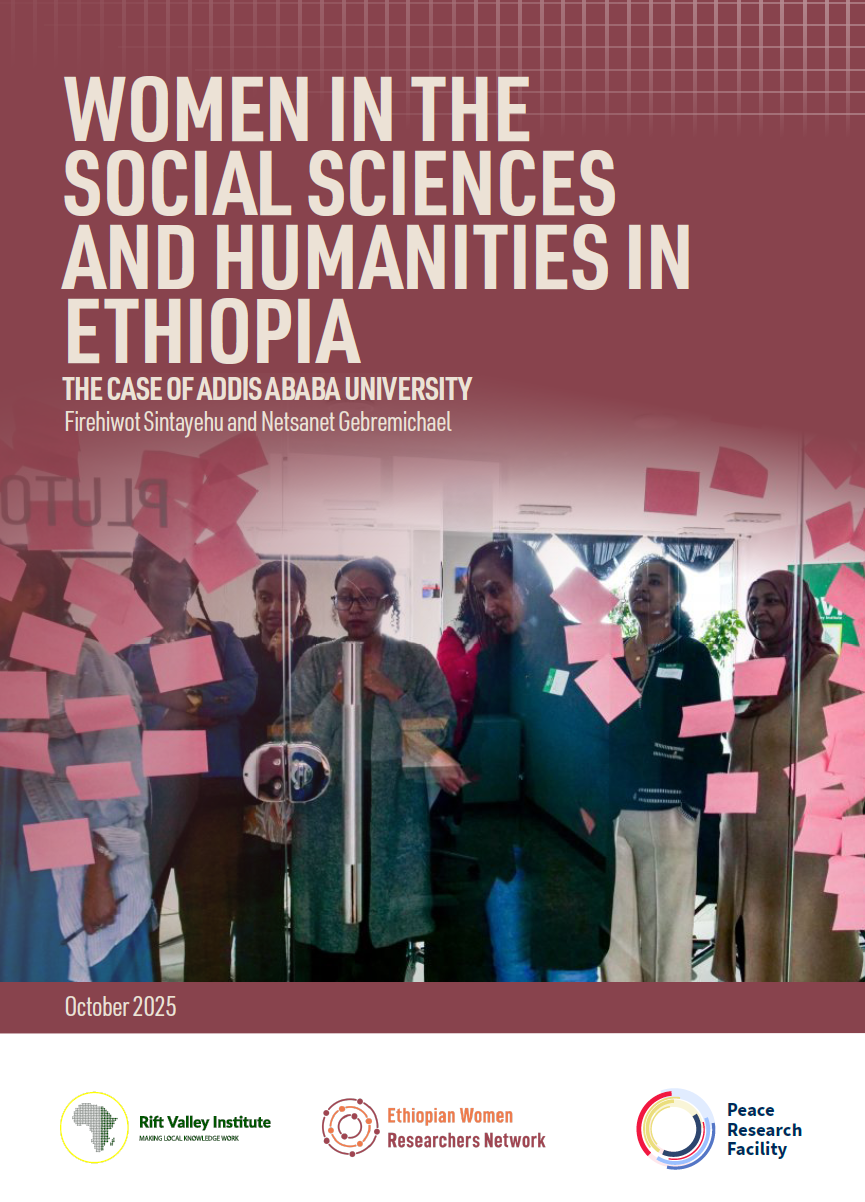To charity workers, Dadaab refugee camp is a humanitarian crisis. To the Kenyan government it is an economic burden and a ‘breeding ground for terrorists’. To the Western media, it is a dangerous no-go area. But to its half a million residents seeking sanctuary, it is their last resort.
In May, the Kenyan government announced the closure of the world’s largest refugee camp by November 2016. It subsequently disbanded the Department of Refugee Affairs, the agency tasked with overseeing the camp.
In August, the Kenyan government stated that they would hold back its earlier decision to close the camp until peace was restored in Somalia. Although no one can give an assurance of when this will be, 2018 is the year quoted for the withdrawal of troops from Somalia.
With this crisis being overshadowed by the European refugee and migrant crisis, the question remains: What next for the inhabitants of Dadaab?
On 8 September, the Rift Valley Forum and Amnesty International hosted a panel discussion with representatives from the UNHCR, the Kenyan government and civil society actors working on refugee issues. Ben Rawlence, the author of City of Thorns—an account of daily life inside Dadaab through the stories of nine individuals—joined the panel giving his perspective based on his experience as a researcher in Dadaab.
Moderator
Muthoni Wanyeki
Amnesty International
Panelists
Catherine Hamon
UNHCR
Caroline Njuki
IGAD
Yaasin Isse Wardere
Voice of America – Somali Service
Ben Rawlence
Author
Ali Korane
Refugees Affairs Commission – Kenya



